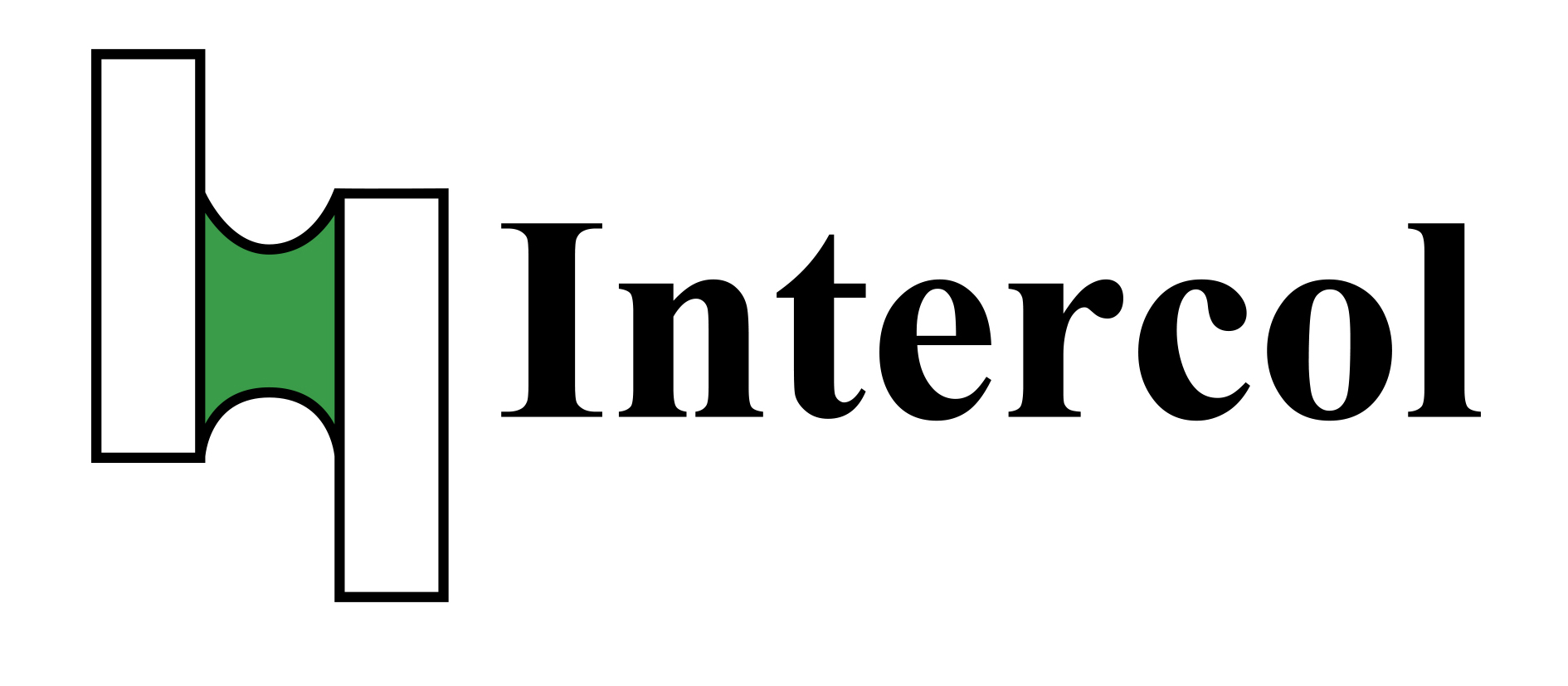Water-soluble VAE powder is a form of the copolymer Vinyl Acetate Ethylene (VAE) that has been processed into a fine powder that can be easily dissolved in water. VAE is a synthetic polymer made from the monomers vinyl acetate (VA) and ethylene (E) which can be used in a variety of applications such as adhesives, coatings, and binders.
The water-soluble VAE powder is used in applications where a water-based solution is required, such as in the formulation of water-based adhesives, coatings, and inks. The water-soluble VAE powder can be easily dissolved in water, making it easy to mix and apply. The properties of the final solution depend on the type of VAE, the ratio of the monomers and the degree of hydrolysis.
VAE wordt beschouwd als een relatief duurzaam polymeer. Het is gemaakt van hernieuwbare grondstoffen en kan worden gerecycled of biologisch worden afgebroken. Bovendien kan de productie van VAE resulteren in een lagere uitstoot van broeikasgassen in vergelijking met andere polymeren zoals polyvinylchloride (PVC).
It is important to note that the properties of the final solution depend on the type of VAE, the ratio of the monomers and the degree of hydrolysis, which can be determined by the manufacturer. It is also important to consider the environmental impact of the specific application it is used in.
PVAC based powders as Compatibilizer
Polyvinyl acetate-based additive system for compatibilizing different biopolymers with one another, so allowing a new generation of bioplastics to be formulated. PVAC powders can simplify processing by traditional methods.
VAE and PVAC powder additives are homo-, co- or terpolymers of vinyl acetate. The system makes materials such as starch, polylactic acid (PLA), polyhydroxyalkanoates (PHA), polybutylene succinate (PBS) and cellulose acetates (CA) compatible with one another. This allows the formulator to adjust the physical properties precisely according to requirements.
Improved Physical Properties
Depending on the amount and type of VAE powder added, the polymer blends have higher impact strengths and better melt stability or are more flexible than the pure biopolymers.
Easy processing
VAE biopolymers can be processed just like standard thermoplastics. VAE makes injection molding, extrusion, vacuum forming, thermoforming and calendering much easier.

